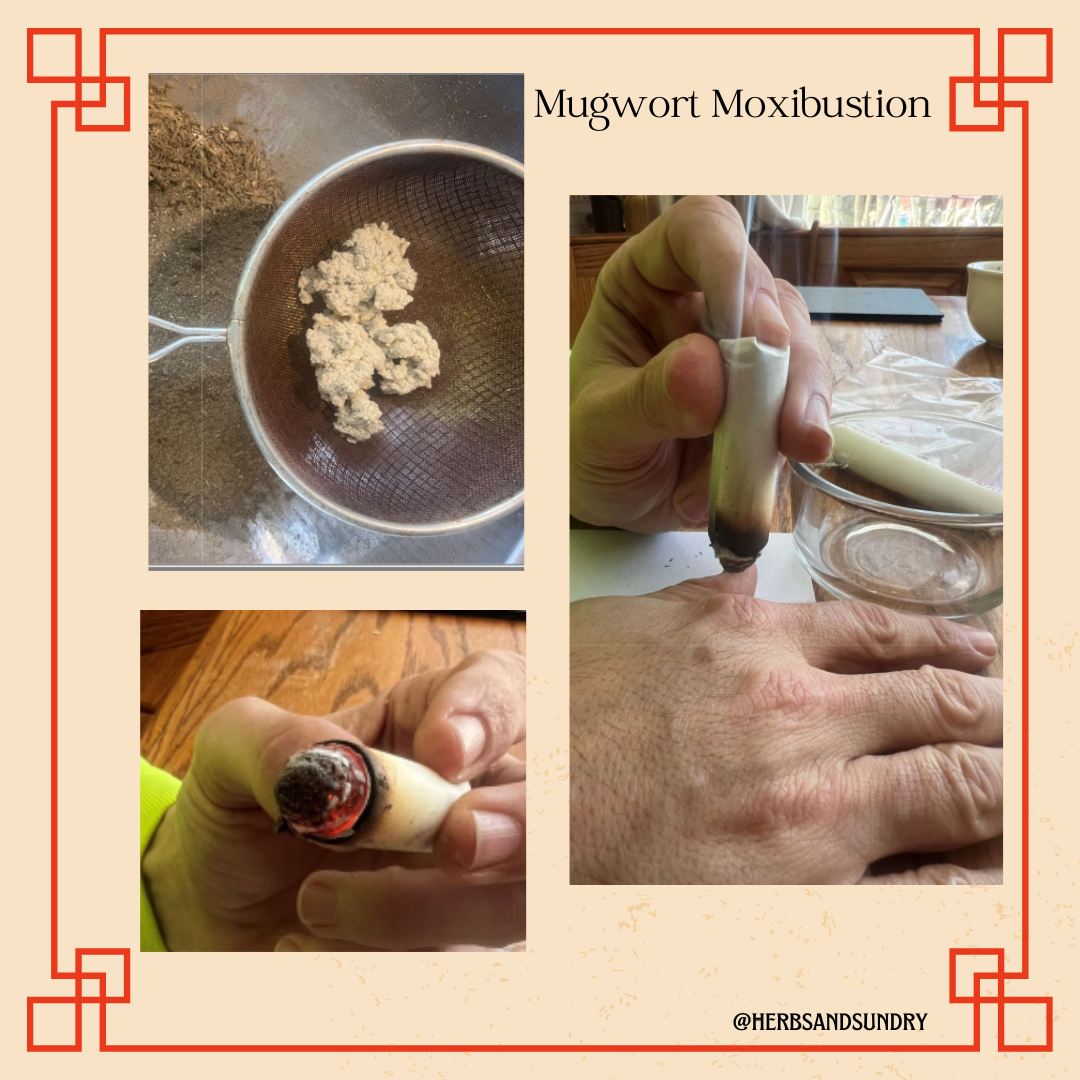Mugwort (Artemisia vulgaris), also dubbed as common mugwort, felon herb, or cronewort is one of our favorite plant allies to work with. Belonging to the Aster/Daisy family, this plant holds a plethora of herbal wonders waiting to be explored.
Botanical Beauty:
Mugwort stands tall, reaching heights between 3 and 6 feet, boasting an erect stem that matures into a woody structure. Its leaves, initially resembling parsley, transition into deeply lobed, alternate formations. Sporting a silvery underside with fine hairs, these leaves emanate an aromatic bitter taste.
Taste:
With its aromatic bitter flavor, Mugwort presents a unique blend of pungency and bitterness, offering stimulating effects on circulation and digestion.
Primary Herbal Actions:
Alterative - a "blood purifier or detoxifier". This is in regards to the liver and digestive system.
Anthelmintic - which dispels parasites from the body, mainly regarding the gastrointestinal tract. This isn't mugworts biggest use as there are other herbal allies that may be better used for that.
Antiseptic - the volatile oils display antimicrobial, antibacterial, antifungal activity, again more so for the digestive system, not for colds, flus and such.
Bitter tonic - stimulates digestion, gastric secretions in the stomach, small/large intestines and pancreatic enzymes.
Cholagogue/Choleretic - increases bile production gall bladder & liver respectively. Provides overall support for digestion and poor absorption of fats & oils.
Diaphoretic - can be used to treat fevers by opening pores and cooling the body through release of heat, best used as a hot infusion for this.
Emmenagogue - can stimulate menses
Oneirogen - creates dreams, regulates sleep cycles, aids in dream recall. Brings one into REM sleep.
Affinities:
Its affinities lie within the reproductive, digestive, and nervous systems, offering support for menstruation, aiding in Qi stagnation, and providing relaxation to the nerves.
Energetics:
Mugwort exhibits a balance of warming and cooling effects, influenced by its medicinal form and environmental factors. Meaning the conditions of the plant as it was grown (ecosystem, location, age, sun exposure) as well as how its stored over time. This applies to all plants and is something to keep in mind.
Mugwort Moxibustion
One way we have recently discovered and enjoyed working with mugwort is in the form of moxibustion. Michael was introduced to Moxibustion during a physical therapy session for his neck and back.
Moxibustion is a traditional Chinese medicine technique that involves burning dried mugwort (moxa) near the surface of the skin to stimulate specific acupuncture points. This practice is believed to promote healing and balance in the body's energy, known as Qi, by generating warmth and improving the flow of energy in the meridians.
Click HERE for a detailed downloadable PDF tutorial of how to create your own moxistick.
Whether you seek relief from digestive discomfort, menstrual irregularities, or nervous tension, Mugwort emerges as a potent ally. From tinctures to infusions, there are many ways to use mugwort, including using it as a seasoning in food!
I would love to see everyone's moxi sticks! Post a picture and tag Herbs & Sundry on Instagram or Facebook or just shoot us a message with your creations and let us know your thoughts.
Please, write us if you have questions, comments, or things to add! We are always looking to engage with you and learn from our community members! Thank you for reading!
In herbal harmony and well-being,
Lisa Quinn
Herbs & Sundry


